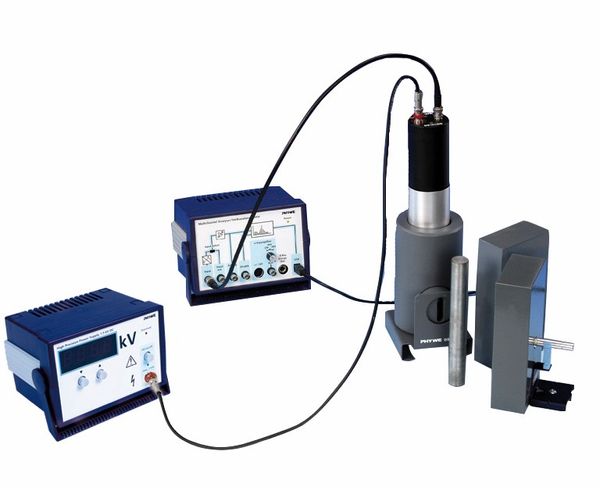setTimeout(function(){
window.print();
},500)

Technical data Compton effectArticle no: P2524415  Principle When photons e.g. gamma-radiation collide with electrons in a material, they transfer some of their energy to the electrons, causing the photons to scatter at different angles. The scattered photons have a longer wavelength (lower energy) compared to the incoming photons. This change in wavelength, called the Compton shift, can be determined and it depends on the scattering angle. The experiment confirmed that light behaves as photons with quantized energy, supporting quantum theory and provides evidence for the dual nature of electromagnetic radiation. Benefits
Tasks
Learning objectives
Scope of delivery
| |||||||||||||||||||||||||||||||||||||||
PHYWE Systeme GmbH & Co. KG
Robert-Bosch-Breite 10 – 37079 Göttingen – Germany
www.phywe.com
Robert-Bosch-Breite 10 – 37079 Göttingen – Germany
www.phywe.com

